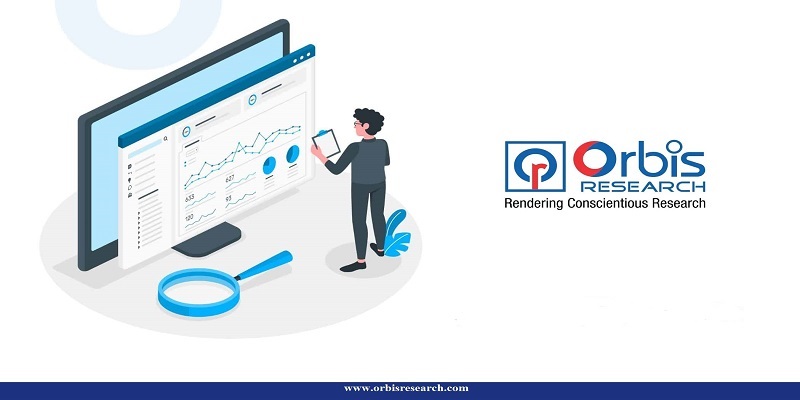
Press Release, Orbis Research Introduction
A key idea in marketing is the product life cycle (PLC), which outlines the phases a product goes through from launch to decline. The product life cycle of the Energy Harvesting market will be examined in this template in order to shed light on its development and present state.
Request a sample report @ https://www.orbisresearch.com/contacts/request-sample/6470283
Stage 1: Overview
The “Energy Harvesting market” is characterised by poor sales and significant uncertainty during the debut phase. New terms are released, frequently as a result of developing patterns or advances in technology. To gain a footing in this market, businesses make significant investments in research and development. The goal of marketing initiatives is to inform and raise knowledge of the advantages of these terms among potential consumers.
Energy Harvesting market Segmentation by Type:
Photovoltaic
Thermoelectric
Piezo
Electrodynamic
Energy Harvesting market Segmentation by Application:
Industrial
Consumer Electronics
Building & Home
WSN
Security
Others
Direct Purchase the report @ https://www.orbisresearch.com/contact/purchase-single-user/6470283
Stage 2: Growth
As more consumers become aware of the advantages, the “Energy Harvesting market” sees tremendous sales increase during the expansion stage. As more businesses enter the market, demand rises and competition starts to form. This rise is driven by innovations in Energy Harvesting technology and techniques, and marketing initiatives now focus more on creating distinctiveness and cultivating consumer loyalty.
Key Players in the Energy Harvesting market:
Texas Instruments
Maxim Integrated
Cypress Semiconductor
Wurth Electronics
Analog Devices
Microchip Technology
STMicroelectronics
Fujitsu
Enocean
Silicon Labs
Laird Thermal Systems
Cymbet
Mide Technology
Alta Devices
Powercast
MicroGen Systems
Micropelt
Stage 3: Equilibrium
Intense rivalry in the “Energy Harvesting market” and steady sales are indicators of the mature stage. The majority of prospective clients are already familiar with the terms, and there are too many competitors in the industry. To keep their market share, businesses prioritise cost reduction, market segmentation, and product differentiation. Pricing could get more competitive, and marketing campaigns focus on bringing in new business and keeping hold of current clientele.
Do You Have Any Query Or Specific Requirement? Ask to Our Industry Expert @ https://www.orbisresearch.com/contacts/enquiry-before-buying/6470283
Stage 4: Reduction
Sales of the Energy Harvestings in the “Energy Harvesting market” start to fall during the decline stage. This drop may be the result of changing consumer tastes, market saturation, or technology improvements rendering some Energy Harvestings obsolete. Businesses may choose to move some Energy Harvestings into specialist markets or stop using them altogether. Less money is spent on marketing campaigns in favour of more lucrative goods or untapped markets.
About Us
Conclusion
Comprehending the life cycle of the product in the “Energy Harvesting market” is essential for making informed strategic decisions. Businesses might modify their strategies based on the stage of the market that it is now in.
A thorough grasp of the PLC aids in optimising profitability and maintaining market relevance, whether it be through investing in innovation at the introduction stage, differentiating products in the maturity stage, or skillfully managing decline.
With the help of this template, you may analyse the “Energy Harvesting market’s” product life cycle in an organised manner and gain insightful knowledge about its dynamics and strategic consequences.
Contact Us:
Hector Costello
Senior Manager – Client Engagements
4144N Central Expressway,
Suite 600, Dallas,
Phone: +1 (972)-591-8191,
Email: sales@orbisresearch.com